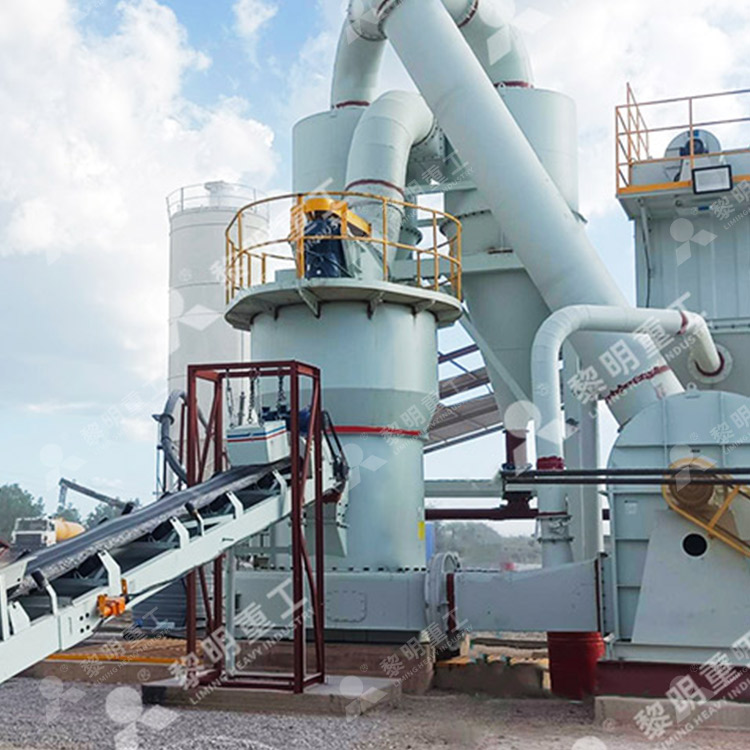The Essential Role of 300-Mesh Putty Powder Grinding Mills
In the modern construction and building materials industry, the quality of finishing surfaces is paramount. Achieving the smooth, flawless walls and ceilings that define high-end residential and commercial spaces hinges significantly on the quality of the final coating material—the putty powder. Among various grades, 300-mesh putty powder represents a standard for fine, high-quality finishes. The production of this consistently fine powder is impossible without a critical piece of equipment: the 300-mesh putty powdergrinding mill. This machine is not merely a grinder; it is the cornerstone of efficiency, quality control, and profitability in dry-mix mortar production.
The term "300-mesh" refers to a specific level of fineness, indicating that the powder can pass through a screen with 300 openings per linear inch. This ultra-fine consistency is crucial for several reasons. Firstly, it ensures excellent water retention and workability, allowing applicators to spread the putty smoothly without premature drying. Secondly, a 300-mesh fineness guarantees a superior surface finish, minimizing visible graininess and providing an ideal base for paint or wallpaper. Any inconsistency in particle size can lead to surface defects, increased material consumption, and customer dissatisfaction. Therefore, the grinding mill's primary role is to deliver a product with a tightly controlled, uniform particle size distribution centered around the 300-mesh (approximately 50 microns) benchmark.
Several types of grinding mills are capable of achieving this fineness, each with its own mechanism and advantages. The most common and efficient type for this application is the Vertical Roller Mill (VRM). In a VRM, material is fed onto a rotating grinding table where rollers, pressed hydraulically against the table, pulverize the raw feed (typically a mixture of calcium carbonate, talc, and additives). The fineness is controlled by adjusting the grinding pressure, the speed of the classifier, and the feed rate. The integrated dynamic classifier immediately separates fine particles, which are carried away by the air stream to the collection system, while coarse particles fall back for regrinding. This closed-circuit system ensures high energy efficiency and precise particle size control.
An alternative technology is the Raymond Mill (or Pendulum Roller Mill), a well-established workhorse in powder processing. It operates on the principle of spring-loaded rollers rotating against a stationary grinding ring. The centrifugal force causes the rollers to swing outward and crush the material. A built-in classifier ensures that only particles meeting the fineness requirement escape the grinding chamber. While robust and reliable, modern Raymond Mills have incorporated advanced classifier systems to efficiently meet the 300-mesh standard.
Beyond these, Ultra-fine Grinding Mills, which may utilize more intense mechanical forces from rotating pins or discs, are also an option, particularly for achieving even finer grades or processing harder materials.
The selection of an appropriate 300-mesh putty powder grinding mill goes beyond mere fineness. Key performance indicators that define an optimal machine include:
High Efficiency and Low Energy Consumption: Modern mills, especially VRMs, are designed for low specific energy consumption (kWh/ton). Their ability to grind and dry simultaneously (if using a hot air generator) adds to overall plant efficiency.
Exceptional Product Quality and Stability: A high-precision classifier is the heart of the system. It must provide a sharp cut point to prevent oversized particles and ensure a consistent product batch after batch.
System Automation and Intelligent Control: A modern grinding plant is governed by a Programmable Logic Controller (PLC). This allows for precise control over all operating parameters, recipe management, remote monitoring, and fault diagnosis, minimizing human error and ensuring stable operation.
Environmental Friendliness: The entire grinding system must be a negative-pressure, closed-loop operation. Pulse-jet bag dust collectors with a 99.9%+ efficiency are standard, ensuring all dust is captured and emissions are virtually zero, complying with stringent environmental regulations.
Durability and Low Maintenance: Grinding components like rollers and tables are subject to wear. Mills equipped with wear-resistant alloys and designed for easy maintenance and part replacement significantly reduce downtime and operating costs.
In conclusion, the 300-mesh putty powder grinding mill is a sophisticated engineering system that is fundamental to the value chain of modern building materials. It transforms raw minerals into a high-value, performance-critical product. Investing in the right grinding technology—one that offers precision, efficiency, reliability, and cleanliness—is not an operational expense but a strategic decision. It directly empowers manufacturers to produce a superior putty powder that meets the exacting demands of the contemporary construction market, thereby enhancing their reputation, reducing production costs, and securing a competitive edge.





